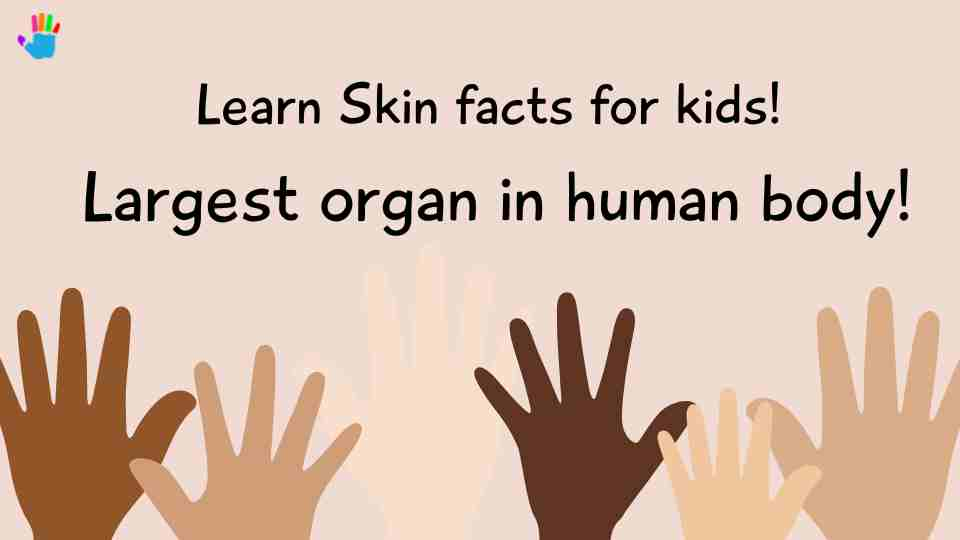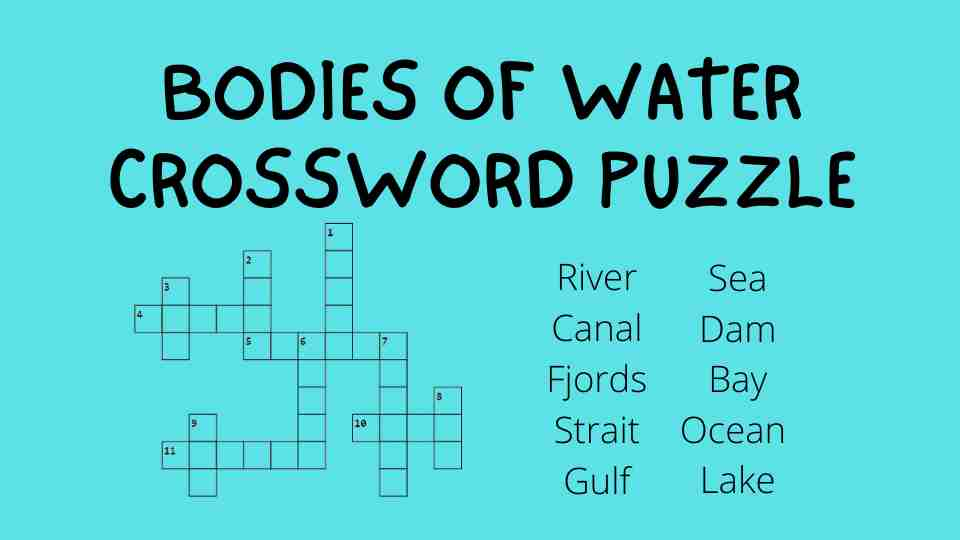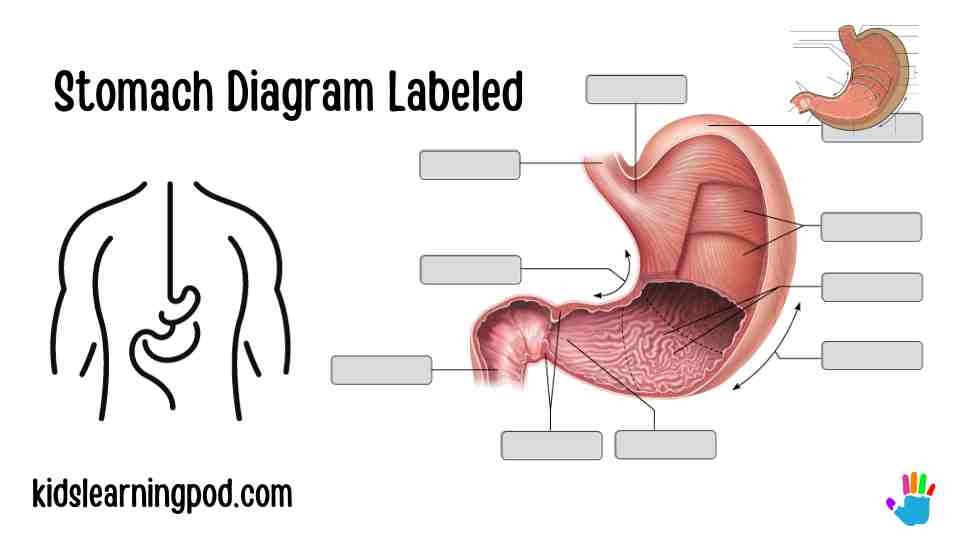The Human Digestive System: A Comprehensive Overview
Download Free Reader for your kids.
Introduction to Human Digestive System
Welcome to our comprehensive guide on the human digestive system. In this article, we will delve deep into the intricate workings of the digestive system, exploring its various components and functions. Whether you are a student, a medical professional, or simply an individual curious about the fascinating world of human physiology, this article aims to provide you with a detailed understanding of the digestive system.
Digestion: The Key to Nutrient Absorption
Digestion is a complex process that allows our bodies to break down food into smaller, more manageable components. This process begins in the mouth and continues through the entire length of the digestive tract. Through a series of mechanical and chemical processes, our bodies extract essential nutrients from the food we consume, which are then absorbed and utilized for various bodily functions.
Teach kids about Human Digestive system in an easy way.
The Digestive Tract: A Journey through the Body of Human Digestive System
The digestive tract, also known as the gastrointestinal tract, is a long, muscular tube that extends from the mouth to the anus. It consists of several distinct organs, each playing a crucial role in the digestion and absorption of nutrients.
1. The Mouth and Salivary Glands
The journey of digestion begins in the mouth, where food is broken down mechanically by chewing and mixed with saliva. Saliva, produced by the salivary glands, contains enzymes that initiate the chemical breakdown of carbohydrates, setting the stage for further digestion.
2. The Esophagus
The chewed food, now referred to as a bolus, travels down the esophagus, a muscular tube that connects the mouth to the stomach. The esophagus uses rhythmic contractions, known as peristalsis, to propel the bolus towards the stomach.
3. The Stomach of human digestive system
Upon reaching the stomach, the bolus encounters a highly acidic environment. The stomach secretes gastric juices, including hydrochloric acid and enzymes, that further break down the food and create a semi-liquid mixture called chyme. The stomach also plays a crucial role in the initial digestion of proteins.
4. The Small Intestine
The small intestine is where the majority of nutrient absorption occurs. It is a long, coiled tube divided into three parts: the duodenum, jejunum, and ileum. The inner lining of the small intestine is covered in tiny finger-like projections called villi, which greatly increase its surface area for efficient absorption. Here, various digestive enzymes and bile, produced by the liver and stored in the gallbladder, break down fats, proteins, and carbohydrates into their constituent molecules for absorption.
5. The Large Intestine
As the chyme moves through the small intestine, most of the nutrients are absorbed, leaving behind indigestible materials such as fiber and waste products. The remaining chyme enters the large intestine, also known as the colon. The primary functions of the large intestine include absorbing water and electrolytes, forming feces, and housing beneficial bacteria that aid in the final breakdown of undigested materials.
6. The Rectum and Anus
The final stage of the digestive process occurs in the rectum and anus. Feces, the solid waste products of digestion, are stored in the rectum until elimination occurs through the anus.
The Role of Hormones and Nerves in Human Digestive System
The digestive system is a finely orchestrated symphony of hormones and nerves, coordinating its various functions. Hormones such as gastrin, secretin, and cholecystokinin regulate the secretion of digestive juices and control the movement of food through the digestive tract. Nerves, including the vagus nerve, transmit signals that stimulate or inhibit digestive processes, ensuring optimal digestion and absorption.
Common Digestive Disorders
Here are some common digestive disorders that individuals may experience:
1. Gastroesophageal Reflux Disease (GERD)
GERD is a condition characterized by the backflow of stomach acid into the esophagus, leading to heartburn, regurgitation, and discomfort. It occurs when the lower esophageal sphincter, a muscular ring that normally prevents acid from flowing upward, weakens or malfunctions.
2. Peptic Ulcers
Peptic ulcers are sores that develop on the lining of the stomach or the upper part of the small intestine. They are often caused by an imbalance between stomach acid and protective factors, such as mucus and bicarbonate. Common symptoms include abdominal pain, bloating, nausea, and vomiting.
3. Irritable Bowel Syndrome (IBS)
IBS is a chronic disorder that affects the large intestine, causing symptoms such as abdominal pain, cramping, bloating, gas, diarrhea, or constipation. The exact cause of IBS is unknown, but factors like food sensitivity, stress, and abnormal intestinal muscle contractions may contribute to its development.
4. Inflammatory Bowel Disease (IBD)
IBD refers to a group of chronic inflammatory conditions of the digestive tract, including Crohn’s disease and ulcerative colitis. These conditions cause inflammation and damage to the intestinal lining, leading to symptoms like abdominal pain, diarrhea (sometimes with blood), weight loss, and fatigue.
5. Gallstones
Gallstones are hard deposits that form in the gallbladder, a small organ that stores bile produced by the liver. They can range in size and may cause symptoms when they block the bile ducts, resulting in severe abdominal pain, nausea, and jaundice.
6. Celiac Disease in Human Digestive System
Celiac disease is an autoimmune disorder triggered by the consumption of gluten, a protein found in wheat, barley, and rye. In individuals with celiac disease, gluten damages the lining of the small intestine, leading to malabsorption of nutrients. Common symptoms include abdominal pain, diarrhea, bloating, and fatigue.
Conclusion
Understanding the complexities of the human digestive system is essential for maintaining optimal health and well-being. From the initial breakdown of food in the mouth to the absorption of nutrients in the small intestine, each component plays a crucial role in ensuring our bodies receive the necessary sustenance.
By providing this comprehensive overview of the human digestive system and discussing common digestive disorders, we aim to empower individuals with knowledge about their own bodies. Remember, if you experience persistent or concerning digestive symptoms, it is always advisable to consult a healthcare professional for an accurate diagnosis and appropriate treatment.
Learn about digestive system!
FAQs
Q: What is the digestive system? A: The digestive system is a complex network of organs that work together to break down food, absorb nutrients, and eliminate waste from the body. It includes organs such as the mouth, esophagus, stomach, small intestine, large intestine, rectum, and anus.
Q: What is the function of the digestive system? A: The primary function of the digestive system is to process food and extract nutrients that the body needs for energy, growth, and repair. It also helps eliminate waste products from the body.
Q: How does digestion occur? A: Digestion involves both mechanical and chemical processes. Mechanical digestion begins in the mouth with chewing and continues in the stomach and small intestine through muscular contractions. Chemical digestion occurs when enzymes and acids break down food into smaller molecules that can be absorbed by the body.
Q: What role does the stomach play in digestion? A: The stomach is responsible for further breaking down food through the secretion of gastric juices, including hydrochloric acid and enzymes. It mixes the food with these juices to create a semi-liquid mixture called chyme, which then passes into the small intestine for further digestion and absorption.
Download Free Reader for your kids.

Kindly Allow Pop ups to let the Download Begin!
Some more FAQs
Q: How are nutrients absorbed in the digestive system? A: The small intestine is the primary site for nutrient absorption. Its inner lining contains tiny finger-like projections called villi, which greatly increase the surface area available for absorption. Nutrients, such as carbohydrates, proteins, fats, vitamins, and minerals, are absorbed through the intestinal walls and into the bloodstream for distribution to the body’s cells.
Q: What are some common digestive disorders? A: Common digestive disorders include gastroesophageal reflux disease (GERD), peptic ulcers, irritable bowel syndrome (IBS), inflammatory bowel disease (IBD), gallstones, and celiac disease. These conditions can cause a range of symptoms and may require medical attention for diagnosis and treatment.
Q: How can I maintain a healthy digestive system? A: Maintaining a healthy digestive system involves adopting a balanced diet rich in fiber, drinking plenty of water, exercising regularly, managing stress levels, and avoiding excessive alcohol consumption and smoking. It is also important to listen to your body and seek medical advice if you experience persistent digestive symptoms.





